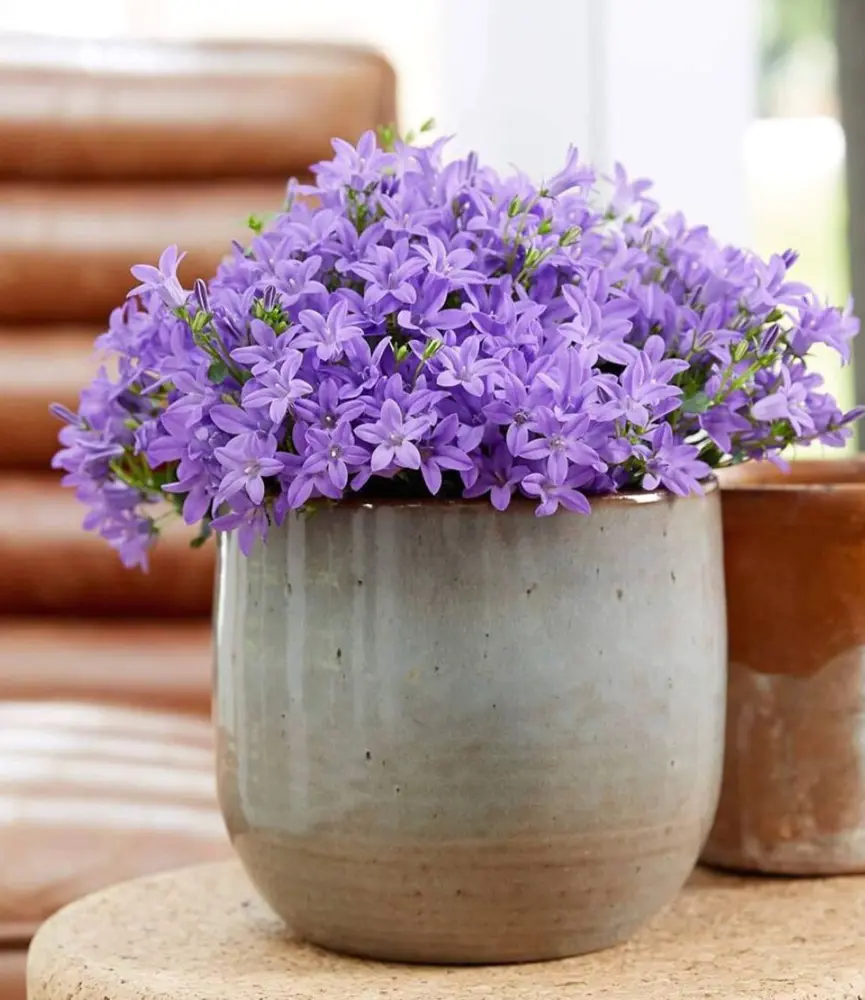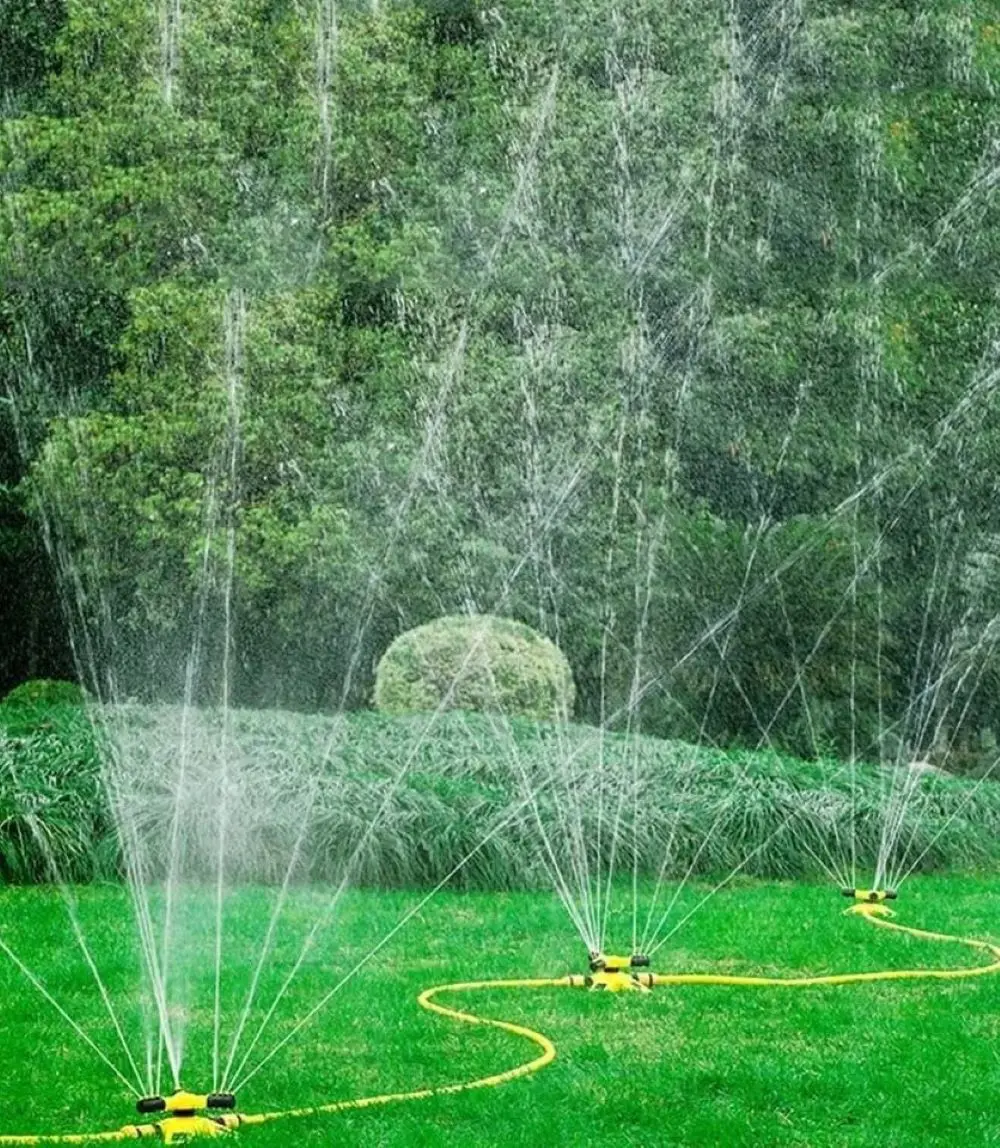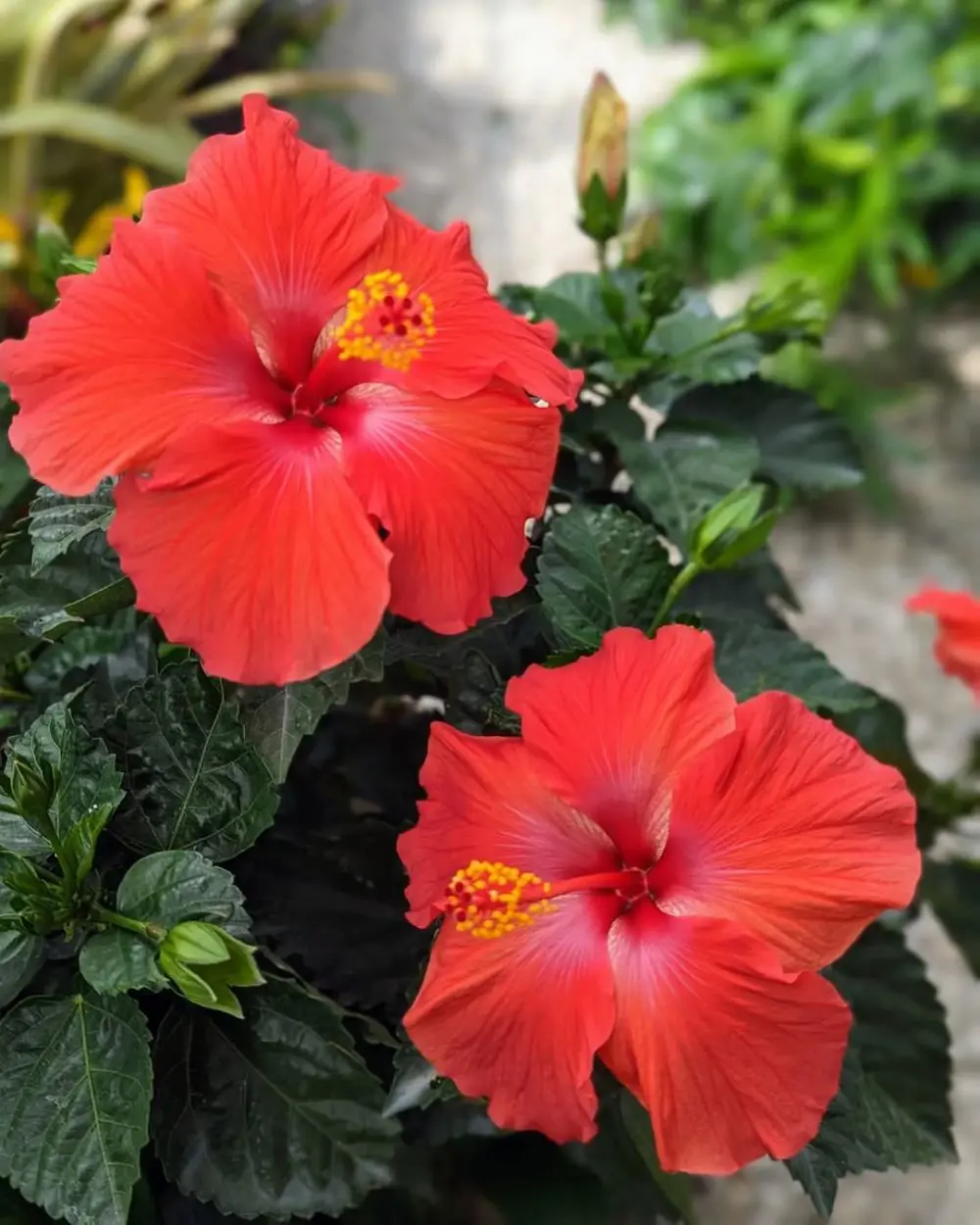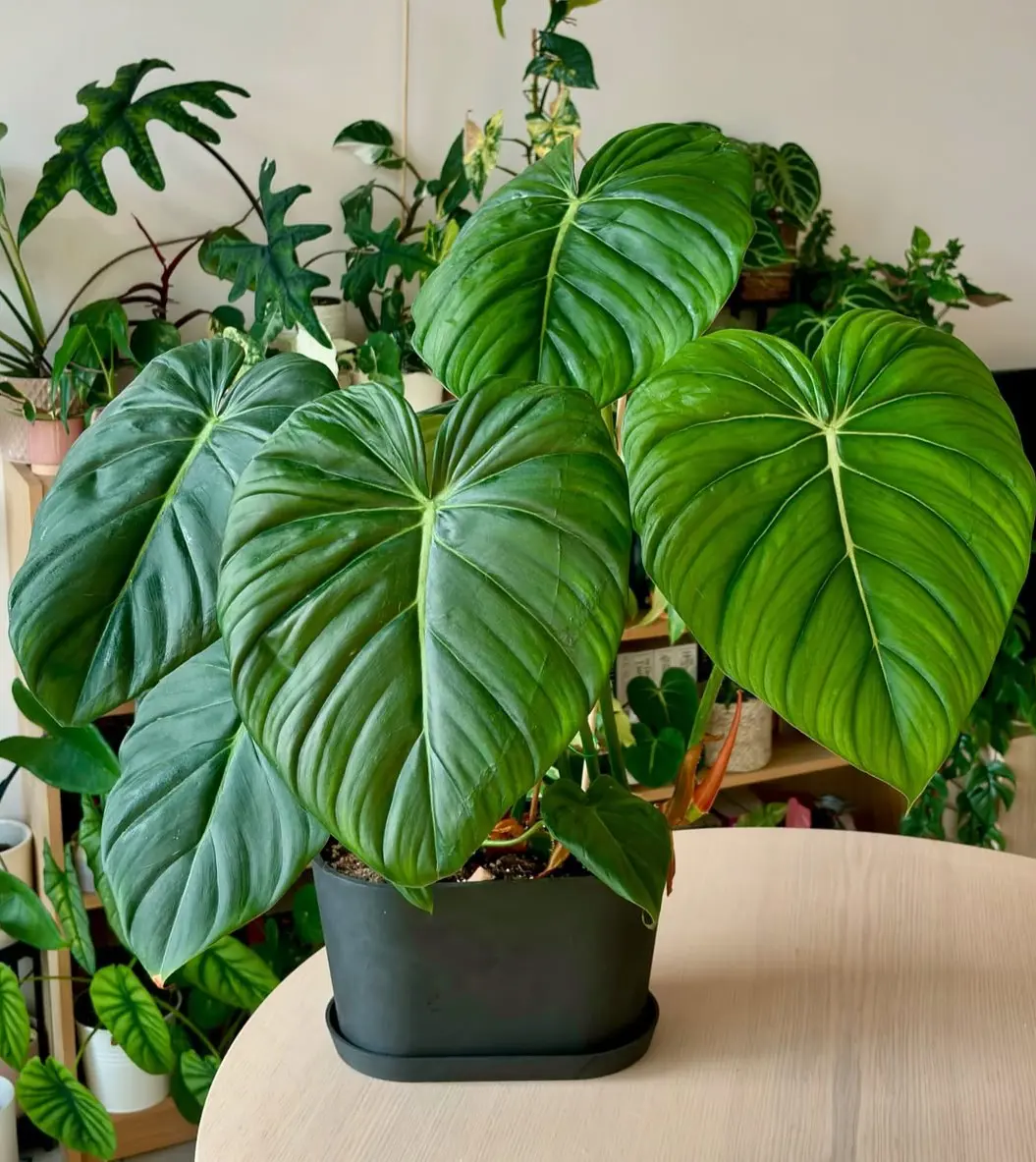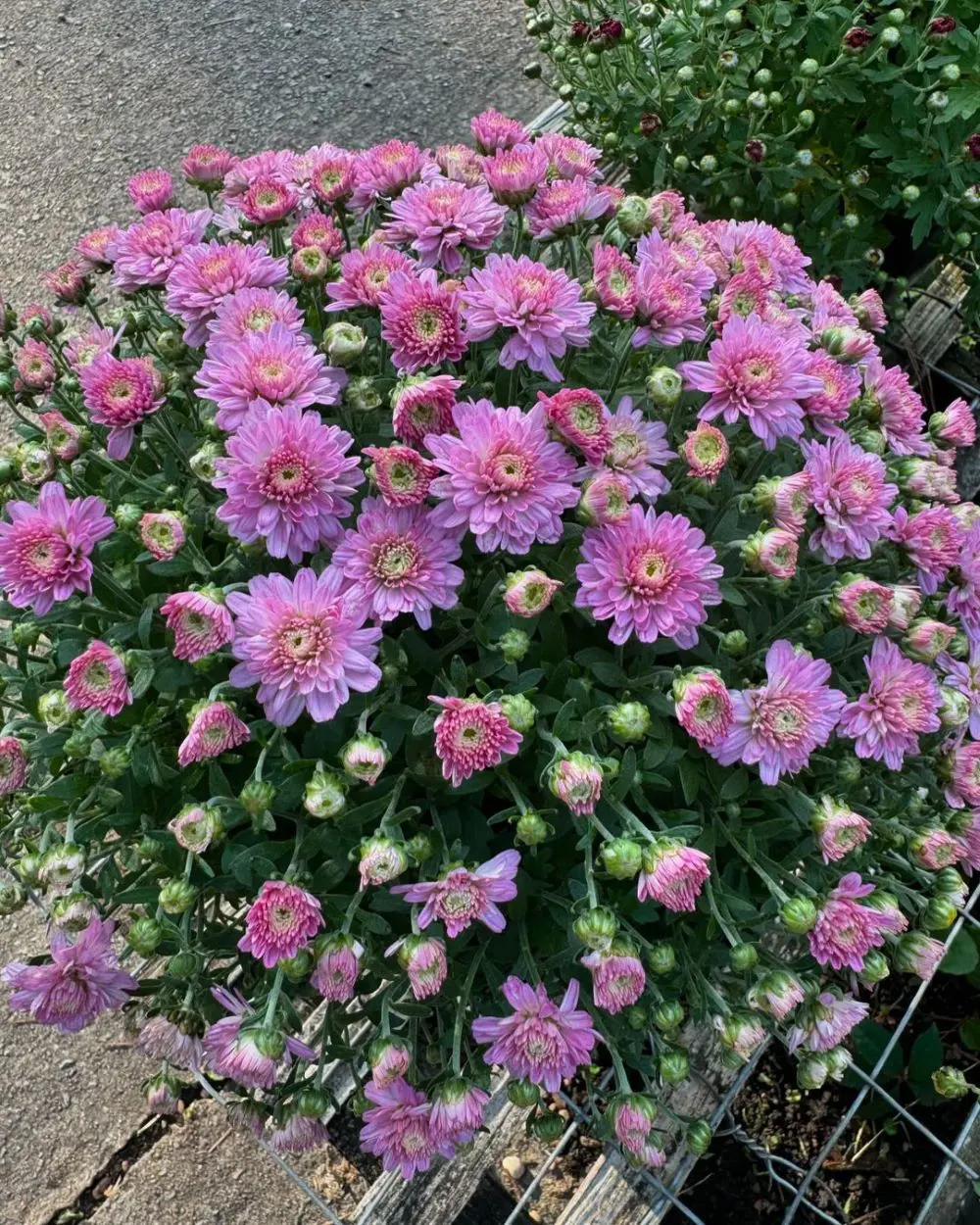Campanula, commonly known as bellflower, is a versatile and charming perennial that can add a touch of elegance to any garden. With their bell-shaped flowers and wide range of colors, Campanula plants are a popular choice for both novice and experienced gardeners.
This guide will provide detailed information on how to care for and grow Campanula plants successfully.
Overview of Campanula
Campanula plants belong to the Campanulaceae family and include over 500 species, ranging from low-growing ground covers to tall, upright varieties. They are native to temperate regions of the Northern Hemisphere, particularly in Europe and Asia.
Campanula plants are valued for their long blooming period, which typically spans from late spring to early fall.
Basic Information about Campanula
- Common Name: Bellflower
- Botanical Name: Campanula spp.
- Family: Campanulaceae
- Plant Type: Perennial, biennial, annual
- Mature Size: Varies by species (6 inches to 3 feet tall)
- Sun Exposure: Full sun to partial shade
- Soil Type: Well-draining, neutral to slightly alkaline
- Soil pH: 6.0 to 8.0
- Bloom Time: Late spring to early fall
- Flower Color: Blue, purple, white, pink
- Hardiness Zones: 3-9 (USDA)
How To Grow Campanula Plants?
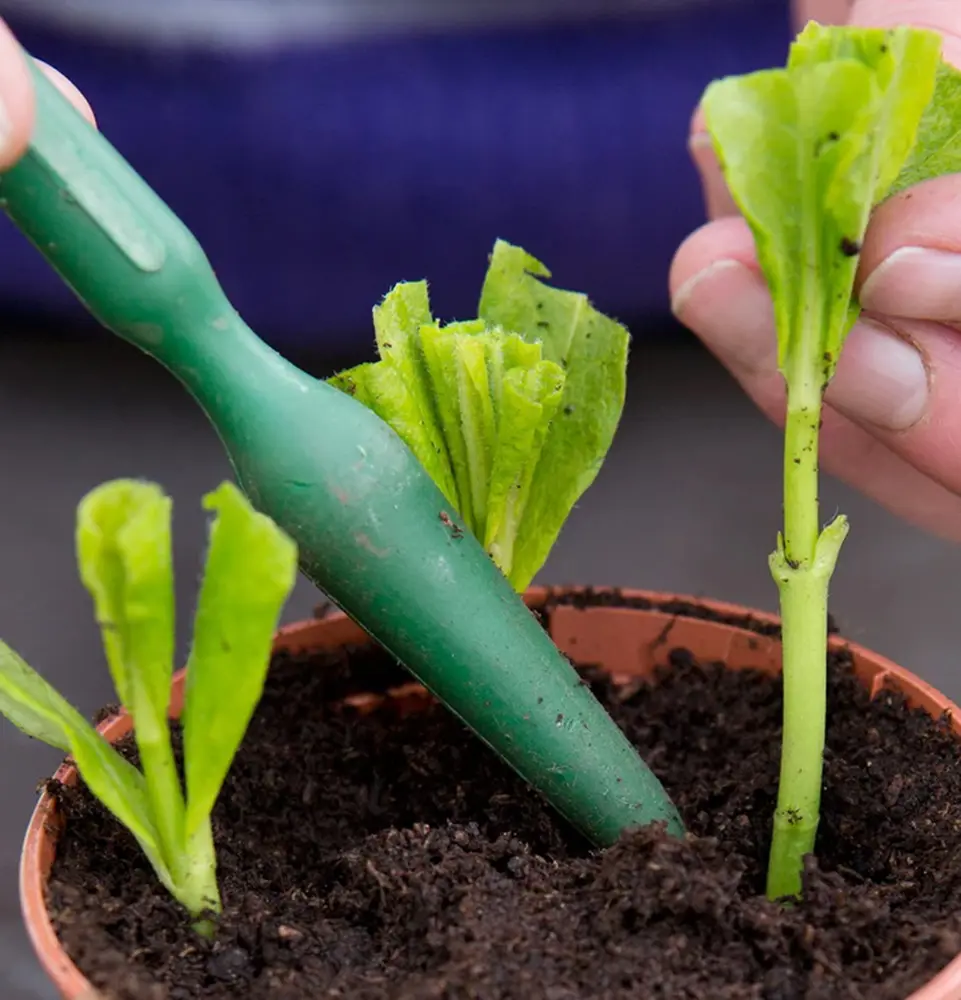
1. Propagation Methods
Seeds
Growing Campanula from seeds is a cost-effective method. Sow the seeds indoors 8-10 weeks before the last frost date. Lightly press the seeds into the soil surface but do not cover them, as they need light to germinate.
Keep the soil moist and provide bright, indirect light. Seedlings typically emerge in 14-21 days. Transplant them outdoors after the danger of frost has passed.
Division
Dividing mature Campanula plants is another effective propagation method. This should be done in the spring or early fall. Carefully dig up the plant and separate the clumps, ensuring each division has roots and shoots.
Replant the divisions at the same depth they were growing previously and water well.
Cuttings
Some Campanula species can be propagated from softwood cuttings taken in late spring or early summer. Cut a 4-6 inch section of healthy stem, remove the lower leaves, and dip the cut end in the rooting hormone.
Plant the cutting in a pot filled with a mixture of peat and perlite. Keep the soil moist and provide indirect light until roots develop.
2. Planting in the Garden
When planting Campanula in the garden, choose a location with the right light conditions and well-draining soil. Space the plants according to their mature size, typically 12-18 inches apart.
Dig a hole slightly larger than the root ball, place the plant in the hole, and backfill with soil. Water thoroughly after planting.
3. Growing in Containers
Campanula can also be grown successfully in containers. Choose a pot with drainage holes and fill it with a high-quality potting mix. Ensure the container receives adequate sunlight and water regularly to keep the soil moist.
Container-grown Campanula may require more frequent watering and fertilizing compared to those planted in the ground.
How to Care for Campanula Plants?
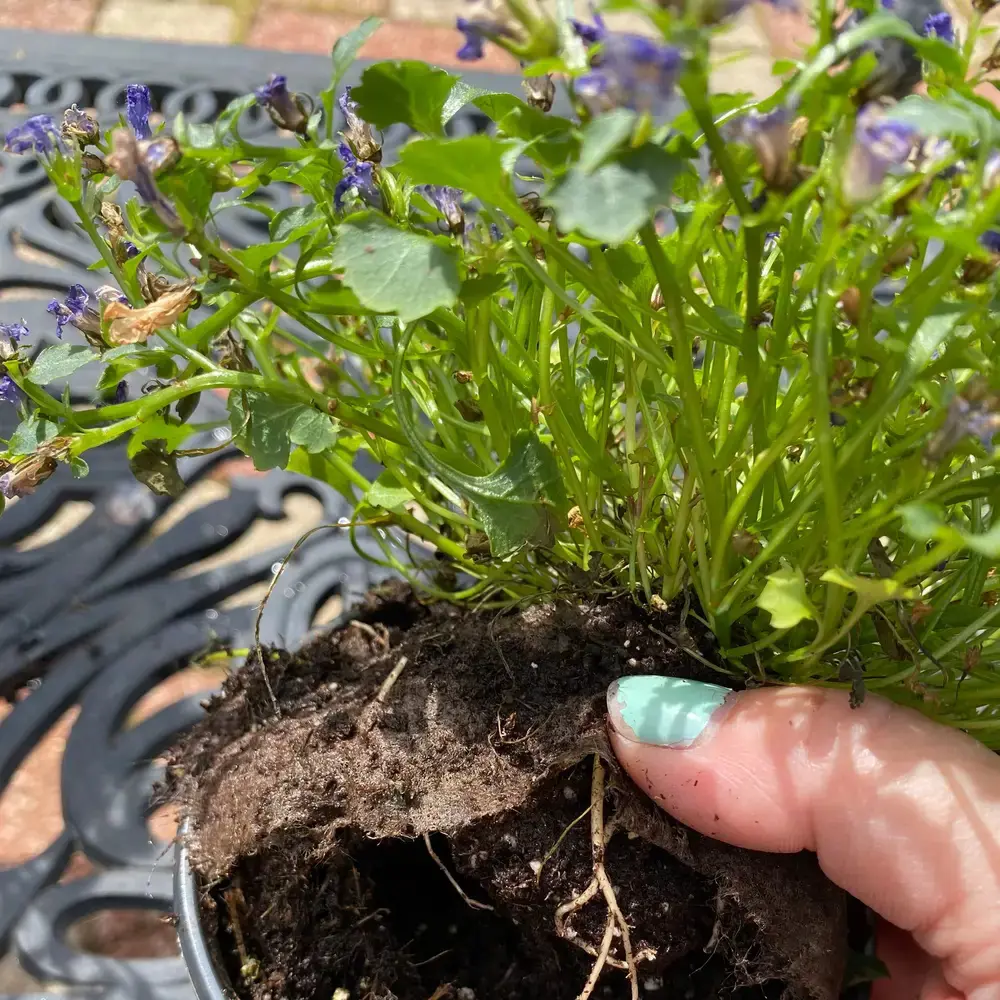
1. Light Requirements
Campanula plants thrive in full sun to partial shade. For optimal blooming, they should receive at least 4-6 hours of direct sunlight each day. In hotter climates, providing some afternoon shade can help protect the plants from scorching.
2. Soil Requirements
These plants prefer well-draining soil with a neutral to slightly alkaline pH (6.0 to 8.0). Sandy or loamy soils are ideal, but Campanula can tolerate a variety of soil types as long as there is good drainage. Poorly drained soil can lead to root rot and other fungal diseases.
3. Watering
Regular watering is crucial for Campanula plants, especially during dry spells. The soil should be kept consistently moist but not waterlogged. Overwatering can cause root rot, so it’s important to allow the soil to dry out slightly between waterings.
Mulching around the base of the plants can help retain soil moisture and reduce the frequency of watering.
4. Fertilizing
Campanula plants benefit from a balanced, slow-release fertilizer applied in the spring. A 10-10-10 (N-P-K) formula works well. Over-fertilizing can lead to excessive foliage growth at the expense of blooms, so it’s important to follow the recommended dosage.
Organic compost or well-rotted manure can also be used to enrich the soil.
Pruning
When to Prune Campanula?
- Early Spring Pruning: Before new growth starts, usually in early spring, is an ideal time for the first pruning session. This helps to remove any dead or damaged stems from winter, promoting healthier new growth.
- After Blooming: Prune immediately after the first major blooming period. This encourages a second round of blooms later in the season.
- Late Fall Pruning: After the growing season ends, prune in late fall to prepare the plant for winter dormancy.
Step-by-Step Pruning Guide
-
Gather Tools: You'll need a pair of sharp, clean pruning shears or scissors and gloves to protect your hands.
-
Early Spring Pruning:
- Inspect the Plant: Look for any dead, damaged, or diseased stems.
- Remove Dead Stems: Cut back any dead or damaged stems to the base of the plant.
- Shape the Plant: Trim back overly long or leggy stems to promote more compact and bushier growth.
-
After Blooming Pruning:
- Deadhead Spent Flowers: Remove spent flowers by cutting the stem just above the nearest set of healthy leaves. This encourages the plant to produce more flowers.
- Cut Back Stems: If the plant has become untidy or overgrown, trim back about one-third of the plant’s height. This can help stimulate new growth and another blooming cycle.
-
Late Fall Pruning:
- Cut Back Entire Plant: After the first frost, cut back all the stems to ground level. This helps to clean up the garden and reduce the risk of pests and diseases.
- Dispose of Plant Debris: Remove and dispose of all pruned material to prevent any potential disease from overwintering in the garden.
Tips for Successful Pruning
- Use Clean Tools: Always sterilize your pruning tools before and after use to prevent the spread of diseases.
- Regular Maintenance: Regularly inspect and deadhead your Campanula throughout the growing season to maintain its health and appearance.
- Water and Fertilize: After pruning, water the plant well and consider applying a balanced fertilizer to support new growth.
Pests and Diseases
Common Pests
-
Aphids:
- Identification: Small, green, black, or brown insects that cluster on new growth and the undersides of leaves.
- Symptoms: Curled, yellowing leaves, and sticky residue (honeydew) that can lead to sooty mold.
- Solutions: Spray plants with a strong stream of water to dislodge aphids. Use insecticidal soap or neem oil for severe infestations. Introduce beneficial insects like ladybugs.
-
Slugs and Snails:
- Identification: Soft-bodied mollusks found in moist, shady areas, often leaving a silvery trail.
- Symptoms: Irregular holes in leaves and flowers, especially at night.
- Solutions: Handpick slugs and snails during the evening or early morning. Use slug pellets sparingly or create barriers with crushed eggshells or diatomaceous earth. Beer traps can also be effective.
-
Spider Mites:
- Identification: Tiny, red, or yellow mites that create fine webs on the undersides of leaves.
- Symptoms: Yellowing leaves, stippling, and a dusty appearance.
- Solutions: Increase humidity around the plant. Spray with water to remove mites. Use miticides or insecticidal soap if necessary.
Common Diseases
-
Powdery Mildew:
- Identification: White, powdery fungal growth on leaves, stems, and flowers.
- Symptoms: Distorted, discolored leaves and stunted growth.
- Solutions: Ensure good air circulation and avoid overhead watering. Remove affected plant parts. Apply fungicides like sulfur or neem oil as a preventive measure.
-
Root Rot:
- Identification: Caused by overwatering and poorly drained soil, leading to fungal growth.
- Symptoms: Wilting, yellowing leaves, and black, mushy roots.
- Solutions: Improve soil drainage and reduce watering frequency. Remove and destroy affected plants. Treat soil with fungicide if necessary.
-
Leaf Spot:
- Identification: Fungal or bacterial spots that appear as brown or black lesions on leaves.
- Symptoms: Spots may have a yellow halo and can cause leaves to drop prematurely.
- Solutions: Remove and dispose of affected leaves. Water plants at the base to avoid wetting foliage. Apply appropriate fungicides or bactericides to prevent spread.
Preventive Measures
- Proper Watering: Water at the base of the plant to keep foliage dry.
- Adequate Spacing: Ensure plants are spaced properly to allow air circulation.
- Regular Inspection: Frequently check plants for early signs of pests and diseases.
- Clean Tools: Always sterilize gardening tools to prevent the spread of pathogens.
Common Campanula Varieties

Campanula plants are available in a wide range of species and cultivars, each with its unique characteristics. Here are some common varieties you might consider for your garden:
1. Campanula persicifolia (Peach-leaved Bellflower)
- Description: This species features tall, upright stems with clusters of bell-shaped flowers in shades of blue, white, or pink.
- Growth Habit: Upright, reaching 2-3 feet tall.
- Best Uses: Ideal for borders and cutting gardens.
- Hardiness Zones: 3-8.
2. Campanula carpatica (Carpathian Bellflower)
- Description: A low-growing variety with compact mounds of foliage and upward-facing blue or white bell-shaped flowers.
- Growth Habit: Spreading, reaches 6-12 inches tall.
- Best Uses: Rock gardens, edging, and containers.
- Hardiness Zones: 3-8.
3. Campanula lactiflora (Milky Bellflower)
- Description: Taller species with erect stems bearing large clusters of star-shaped, blue or white flowers.
- Growth Habit: Tall and erect, reaching 2-4 feet tall.
- Best Uses: Back of borders, cottage gardens.
- Hardiness Zones: 3-8.
4. Campanula glomerata (Clustered Bellflower)
- Description: Forms dense clusters of deep purple or violet-blue bell-shaped flowers atop sturdy stems.
- Growth Habit: Clumping, grows 1-2 feet tall.
- Best Uses: Woodland gardens, naturalized settings.
- Hardiness Zones: 3-8.5. Campanula portenschlagiana (Dalmatian Bellflower)
- Description: Low-growing and spreading variety with violet-blue star-shaped flowers.
- Growth Habit: Ground cover, reaches 6-8 inches tall.
- Best Uses: Rock gardens, slopes, and ground cover.
- Hardiness Zones: 3-8.
Campanula Landscaping Tips
Campanula plants can be used in various ways to enhance your landscape. Here are some tips for incorporating them effectively:
- Border Planting: Plant taller varieties like Campanula persicifolia or Campanula lactiflora along borders to create a backdrop of colorful blooms. Their upright growth habit makes them perfect for defining garden edges and pathways.
- Mass Planting: Low-growing varieties such as Campanula carpatica or Campanula portenschlagiana can be mass planted to create a ground cover or fill in gaps between larger plants. Their spreading nature helps to unify the landscape with a carpet of flowers.
- Rock Gardens: Campanula plants thrive in rocky, well-drained soils, making them ideal for rock gardens. Plant cascading varieties like Campanula carpatica along slopes or in crevices between rocks for a naturalistic effect.
- Container Gardening: Small to medium-sized Campanula varieties are well-suited for container gardening. Plant them in pots or hanging baskets to add color and texture to patios, balconies, or other outdoor spaces. Ensure containers have drainage holes to prevent waterlogged soil.
- Cottage Gardens: The cottage garden style complements the informal, charming appearance of many Campanula varieties. Mix different colors and heights of Campanula plants with other cottage garden favorites like roses, lavender, and daisies for a nostalgic and romantic garden setting.
- Companion Planting: Pair Campanula with plants that have complementary colors and growth habits. For instance, combine blue-flowered Campanula with yellow-flowered Coreopsis or purple-flowered Salvia for a vibrant and harmonious garden display.
